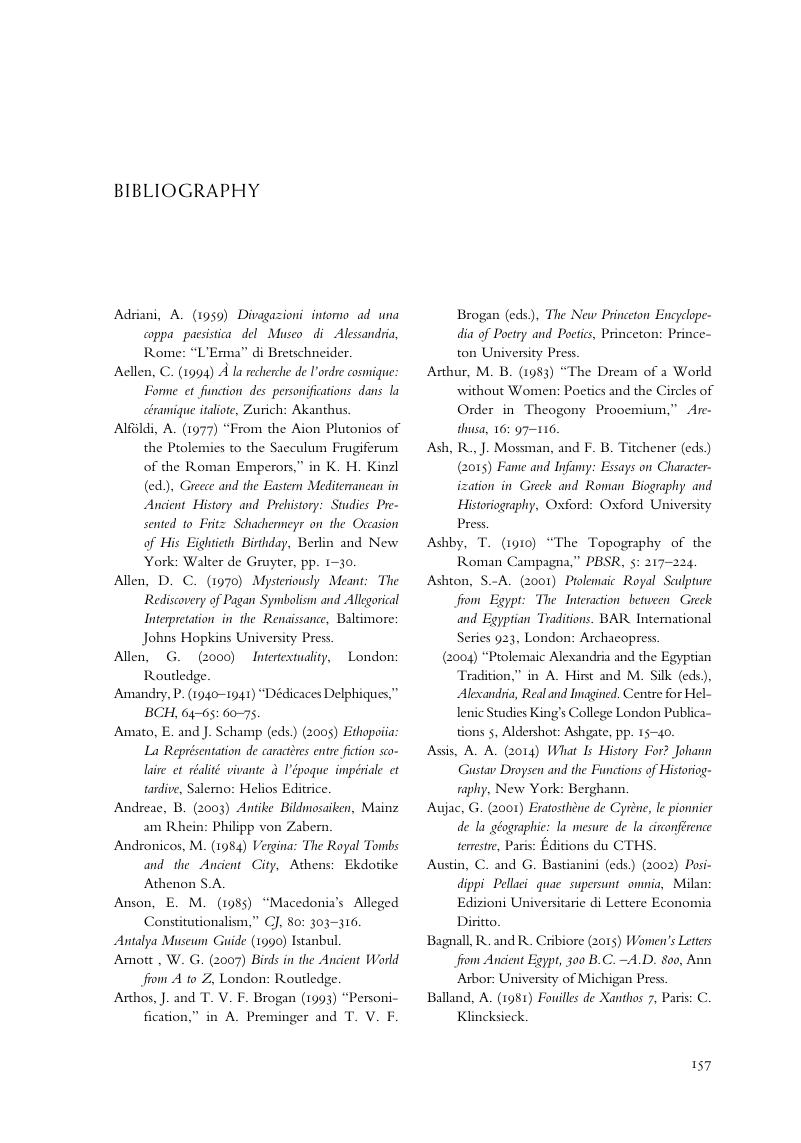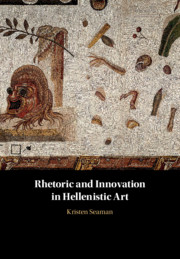Book contents
- Rhetoric and Innovation in Hellenistic Art
- Rhetoric and Innovation in Hellenistic Art
- Copyright page
- Dedication
- Contents
- Illustrations
- Preface
- Abbreviations and Translations
- Chapter One Rhetoric, Innovation, and the Courts
- Chapter Two Narrative in the Telephos Frieze
- Chapter Three Personification in the Archelaos Relief
- Chapter Four Ekphrasis in Sosos’s Unswept Room Mosaic
- Chapter Five Conclusion
- Notes
- Bibliography
- Index
- Plate Section (PDF Only)
- References
Bibliography
Published online by Cambridge University Press: 16 May 2020
- Rhetoric and Innovation in Hellenistic Art
- Rhetoric and Innovation in Hellenistic Art
- Copyright page
- Dedication
- Contents
- Illustrations
- Preface
- Abbreviations and Translations
- Chapter One Rhetoric, Innovation, and the Courts
- Chapter Two Narrative in the Telephos Frieze
- Chapter Three Personification in the Archelaos Relief
- Chapter Four Ekphrasis in Sosos’s Unswept Room Mosaic
- Chapter Five Conclusion
- Notes
- Bibliography
- Index
- Plate Section (PDF Only)
- References
Summary

- Type
- Chapter
- Information
- Rhetoric and Innovation in Hellenistic Art , pp. 157 - 180Publisher: Cambridge University PressPrint publication year: 2020

